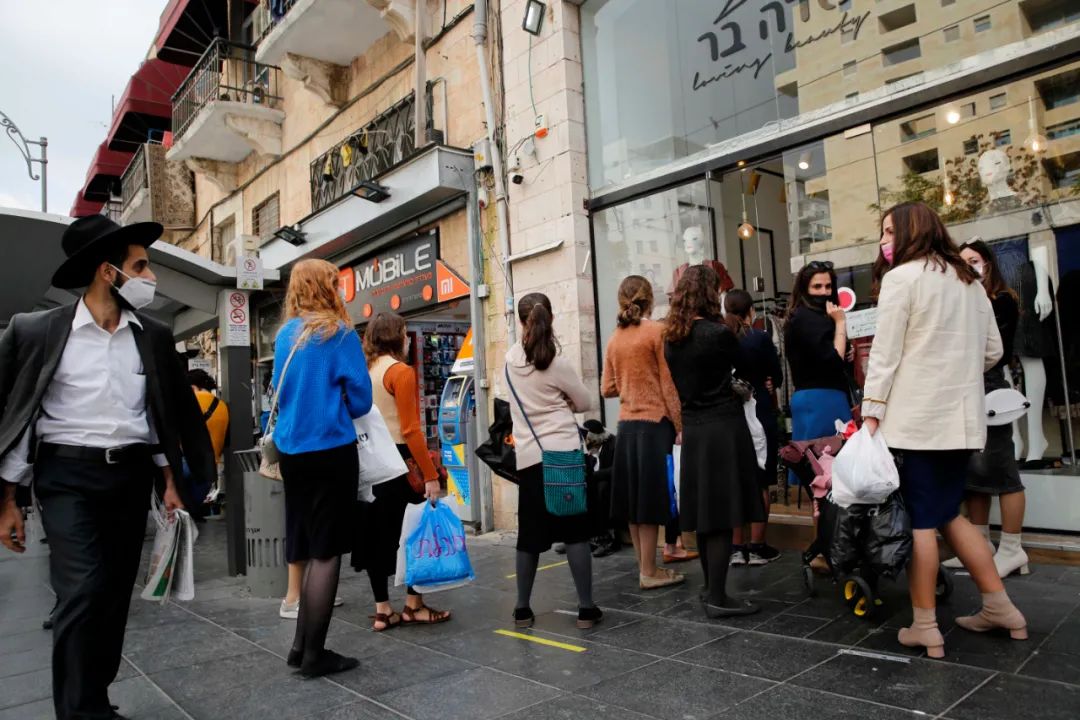A research report recently published in the British journal Nature showed that more than 80% of new coronavirus infections in large cities occur in about 10% of locations. These locations are generally more crowded and people stay longer.
One of the report’s authors and associate professor of computer science at Stanford University, Urey Leskovets, concluded on the 10th that the largest number of new coronaviruses will occur in cities after restaurants, gyms, hotels, cafes, and places of worship reopen. infection.

The model built by the researchers shows that the “infection map” presents a very uneven state, with more than 80% of infections occurring in 10% of the locations. These high-risk locations are characterized by smaller space, more crowdedness, and people staying longer .
The study also found that residents in lower-income communities are more susceptible to Coronavirus, twice the probability of high-income people. The reason is that grocery stores where low-income people go are 60% more crowded per square foot than those where rich people go, and people stay for long. It is also 17% more.

The study gives practical suggestions that various places do not have to choose between closed and open, but can be opened with limited flow. Research calculations believe that keeping the number of people in the venue within 20% of the maximum capacity can reduce Coronavirus infection rate by 80% .
Researchers from Stanford University and Northwestern University in the United States completed the above research based on mobile phone location data modeling of the 10 largest urban agglomerations in the United States. One of the shortcomings of the study is that schools, nursing homes, prisons and other places where people gather are not within the scope of the model.
The latest data released by the World Health Organization on the 11th showed that the total number of confirmed cases of Coronavirus worldwide reached 51,251,715.



